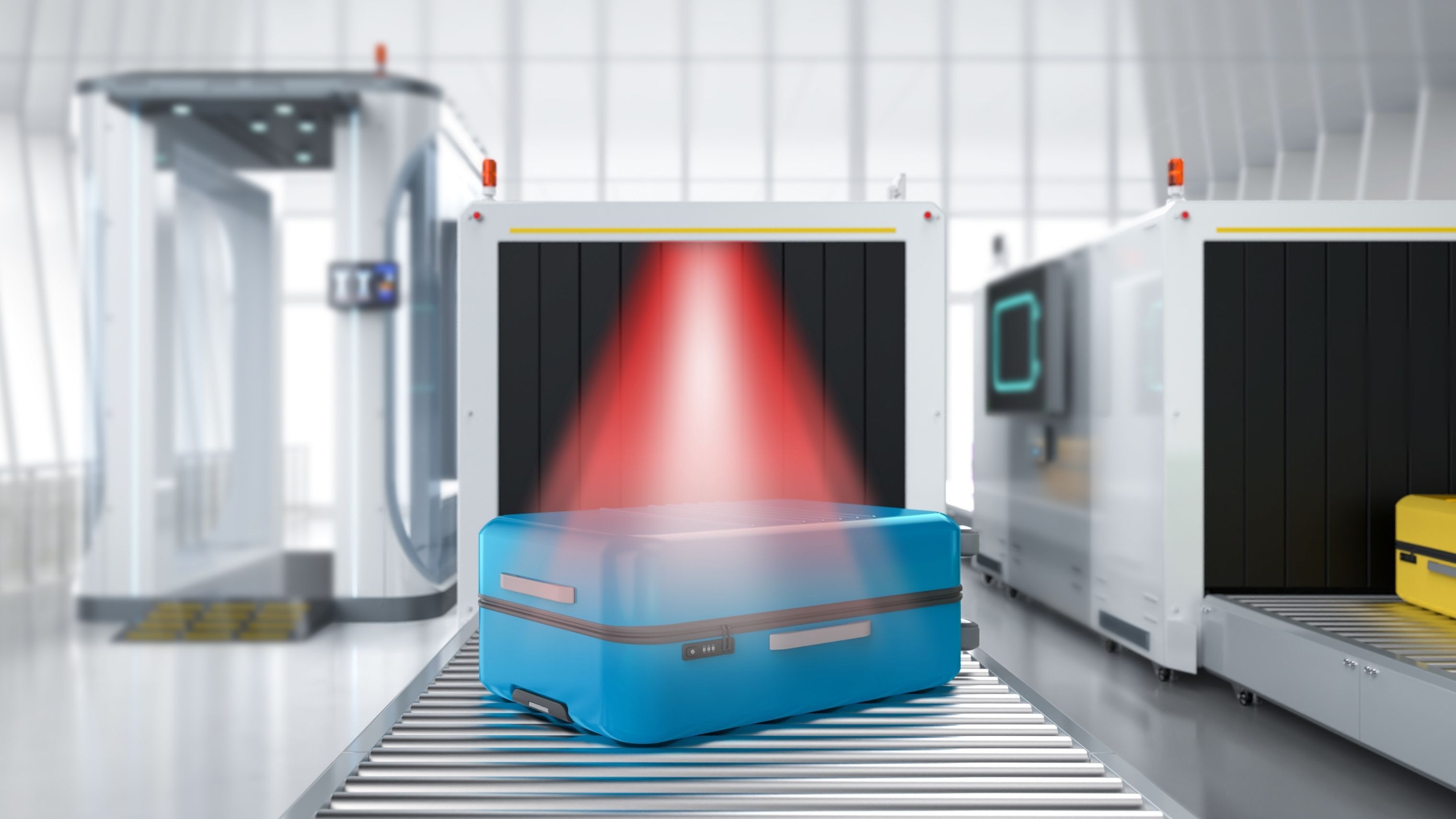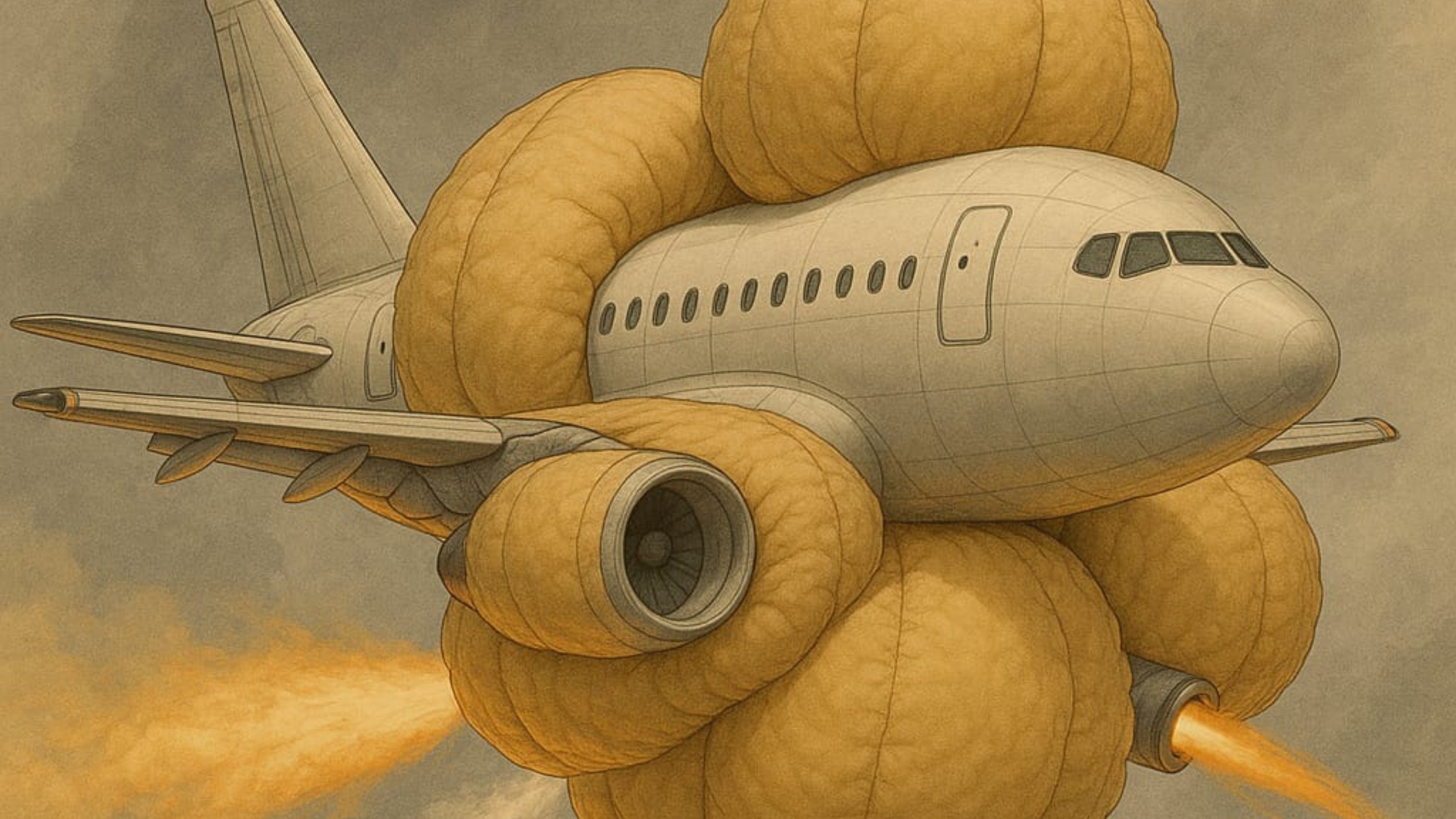
Can drivers take on the Uber-Lyft duopoly?
Published:
Need the full story?
Sign up for The Hustle to get the business world's wildest stories delivered daily. This one's on us.
Related Articles
-

-

American whiskey is getting a high-tech infusion
-

The business re-tooling pinball for the digital age
-

Catch-a-cheater apps vs. anti-facial recognition tech
-

Dread waiting in airport security lines? This new tech could speed things up
-

Could humongous airbags make flying safer?
-

The future of relaxation might require a headset
-

The tech store where everything is an experience
-

This AI device lets you watch your dreams as lo-fi movies
-

Citizen naturalists are aiding scientific research


